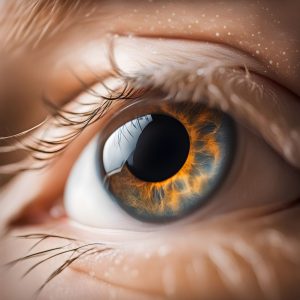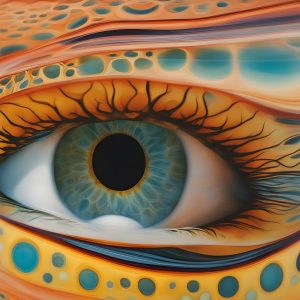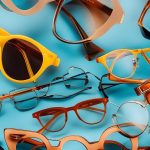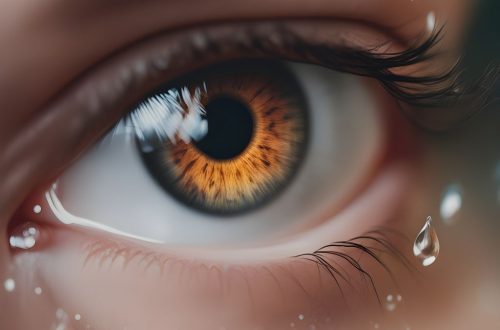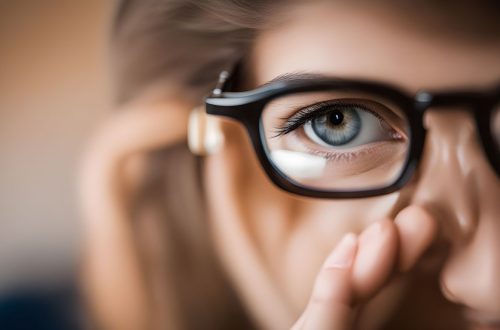The Evolution of Spectacles
Spectacles, commonly known as glasses, have been an integral part of human civilization for centuries, evolving in design, function, and cultural significance. From their humble beginnings as primitive reading aids to their present status as both essential vision tools and fashion accessories, the journey of spectacles reflects technological advancements and changing societal norms. Dive with us into the fascinating evolution of spectacles, tracing their history and envisioning their future.
Ancient Beginnings: The Early Reading Stones
1. The Roman Times: The first recorded mention of vision aids dates back to ancient Rome. Seneca, a Roman statesman, reportedly used a glass globe filled with water to magnify text, effectively creating the first magnifying lens.
2. The Middle Ages: In the 13th century, Italy witnessed the development of the first rudimentary reading glasses. These early models were handheld or balanced on the nose, aiding scholars and clerics in their readings.
The Renaissance and Beyond: Framing Vision
1. The Rivet Spectacles: By the late 15th century, spectacles with riveted frames made their debut. The rivets allowed the glasses to grip the nose better, offering more stability than their predecessors.
2. The Introduction of Arms: The 17th century saw the significant innovation of adding arms (or temples) to glasses. Initially, these arms were quite long and looped around the ears for stability, making spectacles more practical for daily wear.
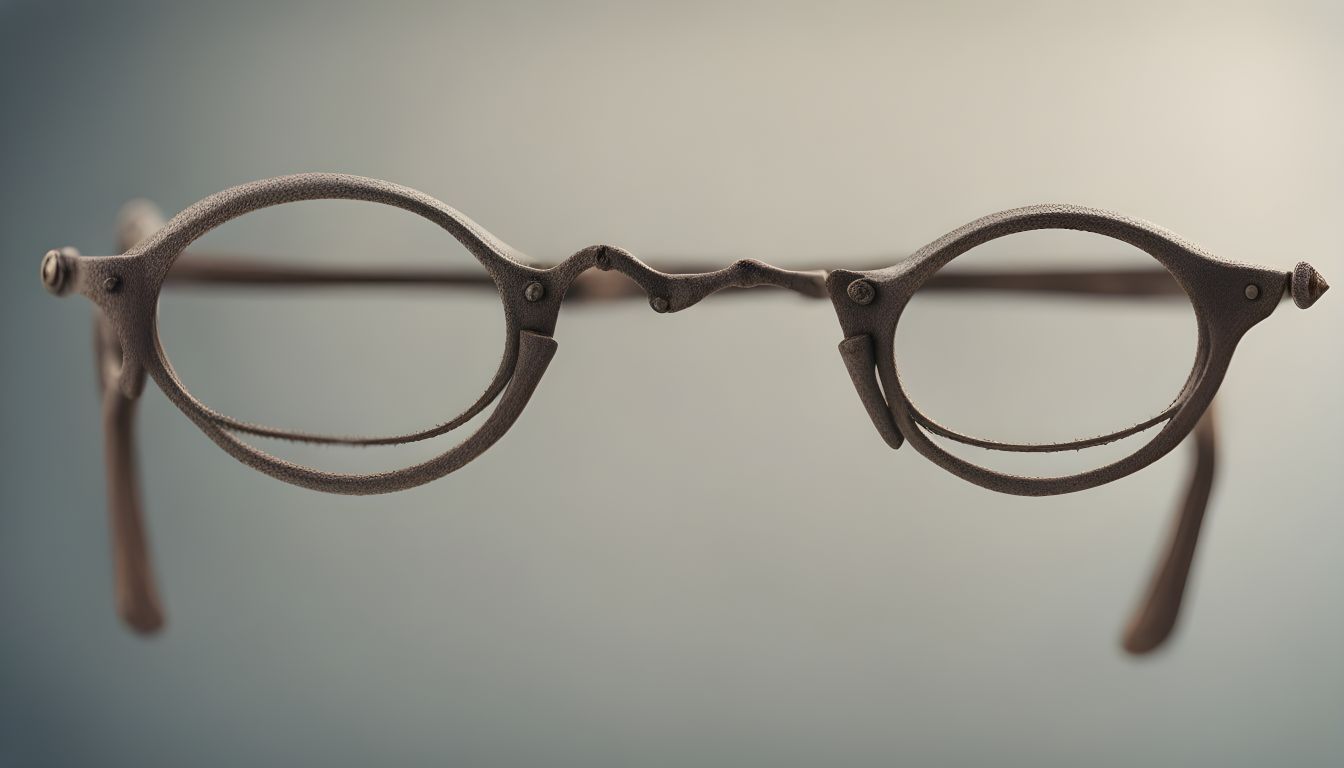
3. Bifocals and Progression: In the 18th century, Benjamin Franklin, irritated by constantly switching between two pairs of glasses, invented the bifocal. This design combined both distance and reading lenses into one frame, revolutionizing the utility of spectacles.
19th Century: Advancements in Lens Technology and Materials
1. Lens Production: The 19th century ushered in mechanized lens production, resulting in greater precision and consistency in lens quality.
2. Introduction of New Materials: While earlier frames were primarily made of leather, bone, or metal, the 19th century saw the introduction of materials like tortoiseshell and, later, celluloid, paving the way for diverse and stylish frame designs.
20th Century: The Rise of Designer Eyewear and New Innovations
1. The Birth of Sunglasses: In the 1930s, sunglasses became popular, especially among movie stars. They not only protected eyes from the sun but also became a significant fashion statement.
2. Contact Lenses: The mid-20th century saw the rise of contact lenses, providing an alternative to traditional eyewear. While initially made of hard materials, soft and more comfortable variants soon became widespread.
3. Designer Frames: By the 1980s, fashion designers recognized the potential of eyewear as a fashion accessory. Brands like Gucci, Prada, and Chanel started producing their line of frames, transforming glasses from a mere vision aid to a style statement.
The Digital Age: Smart Glasses and Beyond
1. Transition Lenses: With advancements in technology, lenses that could adjust to light conditions, known as transition lenses, emerged. These lenses darken in bright sunlight and return to clear in dimmer conditions, offering both comfort and protection.
2. Smart Glasses: The 21st century heralded the era of smart glasses. Brands like Google introduced glasses with built-in computers, aiming to merge the digital and physical worlds.
3. Customization and 3D Printing: Modern technology now allows for extreme customization in frame design and structure. 3D printing, in particular, offers bespoke solutions, tailoring glasses to individual facial structures and style preferences.
Cultural Impact and Societal Acceptance
The perception of spectacles has seen a dramatic shift over the centuries. Once associated with age, frailty, or scholarly seclusion, glasses are now symbols of intelligence, style, and even rebellion in certain subcultures. Popular media and influential figures wearing glasses have played a significant role in this transformation. The “geek chic” trend, for instance, has made glasses cooler than ever before.
The Future: Where Do We Go From Here?
The future of spectacles is bound to be shaped by further technological advancements. Augmented reality (AR) lenses, biometric monitoring systems in frames, and lenses that can adjust their magnifying power in real-time are all on the horizon.
Furthermore, as the line between fashion and function continues to blur, we can anticipate even more innovative, stylish, and adaptive designs, catering to a world that values both aesthetics and utility.
The journey of spectacles from simple magnifying aids to intricate pieces of technology and fashion is a testament to human ingenuity and adaptability. As we move forward, this evolution will undoubtedly continue, reflecting our changing needs, desires, and technological prowess. Whether it’s for improved vision, protection, or making a fashion statement, spectacles, in their many forms, are here to stay and evolve.






